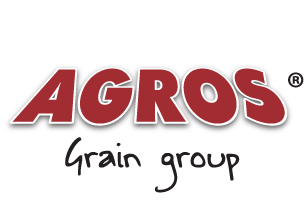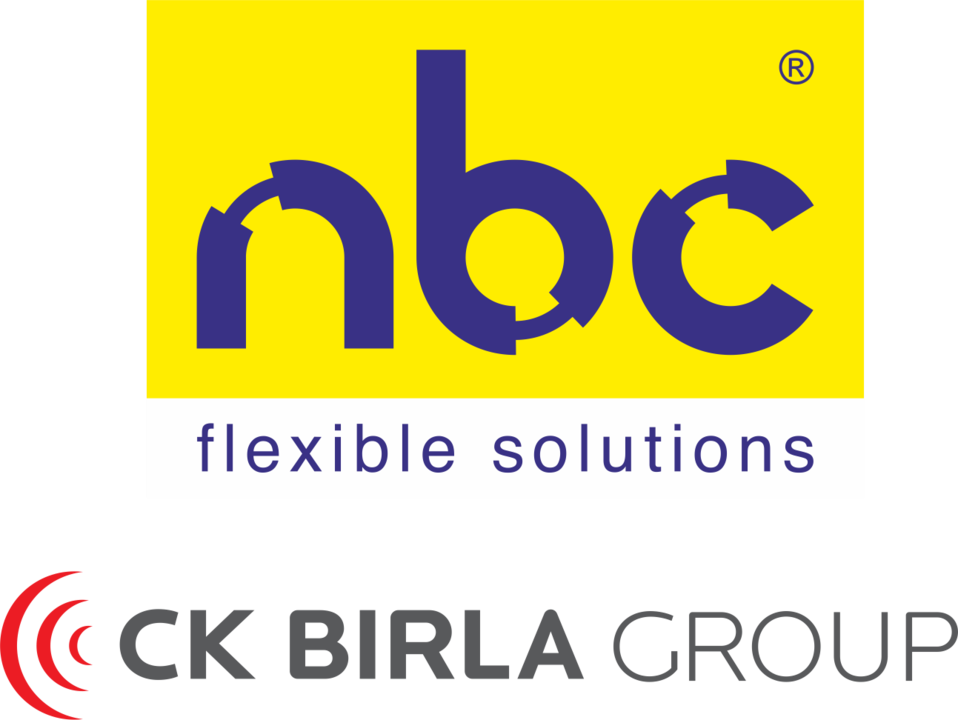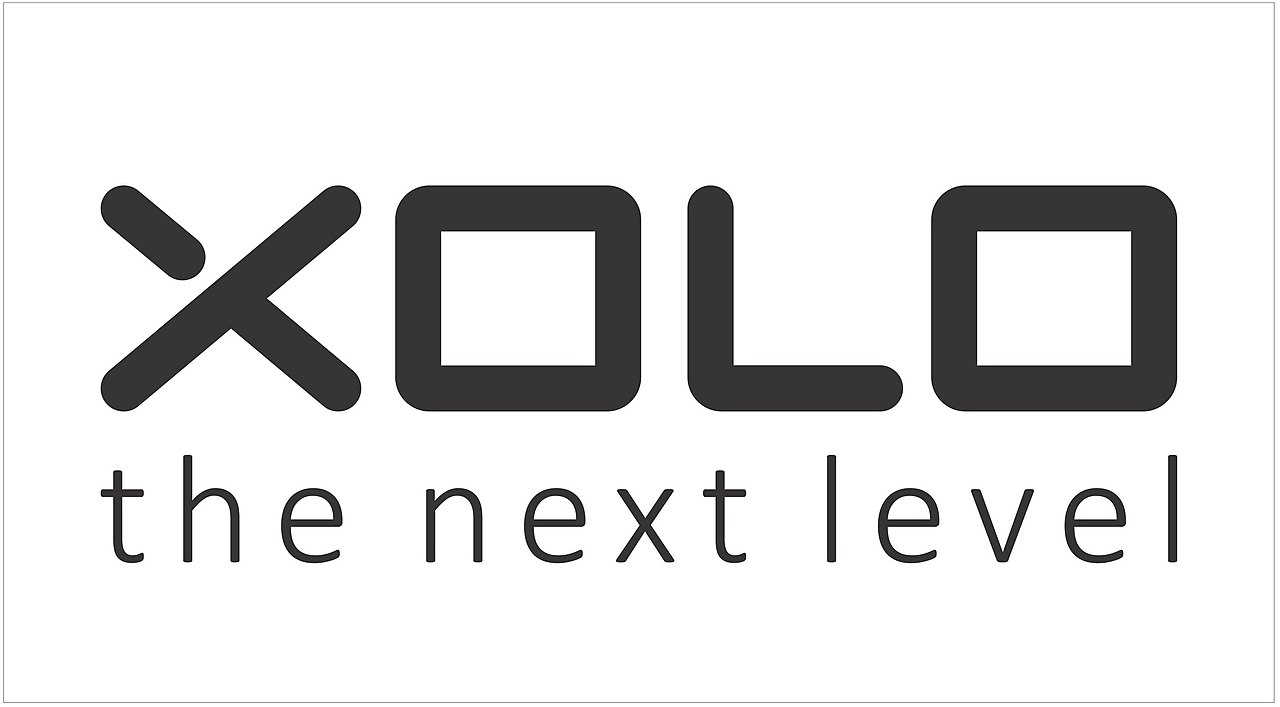The position of the CE mark on an item implies that the maker proclaims that the item conforms to the essential necessities set out in the mandates as a whole, which apply to the item. The CE mark signifies to the fitting power that the item meets the legitimate prerequisites available to be purchased in the part country. The CE mark addresses the main image of consistency with those requirements.
Although a product might have extra markings, they don’t have a similar load as the CE mark. Different markings can’t create turmoil with the CE mark and shouldn’t obstruct the decipherability and desirability of the CE mark.
The requirement for CE mark changes across mandates, as well concerning the various items canvassed in an order. For instance, for certain items the mandate might require a specialized document while different items might require the producer to present the thing for repeating testing, which a free party should finish. Framework assessment and a specialized record might be compulsory for certain items during outsider testing, however the makers’ unverified case might do the trick for different items.
The organization or individual who puts up the items for sale to the public inside the constraints of the EEA has the obligation regarding consistence with the mandates and CE mark, and may incorporate the accompanying elements or people:
Manufacturer – For producers situated inside the EEA, the organization has the total commitment for the CE mark. This degree of obligation additionally applies to a merchant or maker inside the local area’s laid out diplomat of items or products from organizations situated beyond the EEA limits.
Community established plenipotentiary – This individual is designated by the maker and gets a sense of ownership with specific undertakings, like marking the EC Declaration of Conformity or joining the name and address to the recognizable proof plate. In this occurrence, the merchant expects the approval as though the person is the producer.
Importer of products – This individual or organization has total liability regarding the putting of the CE mark for items from outside the EEA, despite the fact that the person in question doesn’t have direct approval from the maker.
The exchanging organization has total liability regarding the CE mark in the event that it meets the follow meanings of a maker:
- Assembles the product
- Alters or extends the item that outcomes in an adjustment of security
- Imports the item from a non-EEA country
- Sells the item under its name or confidential mark
While selling the item under a confidential mark, the dealer should apply the expected information to the item, draw its EC statement of similarity, and change the individual information in the client manual. Nonetheless, the underlying idea should contain the information of the provider.










